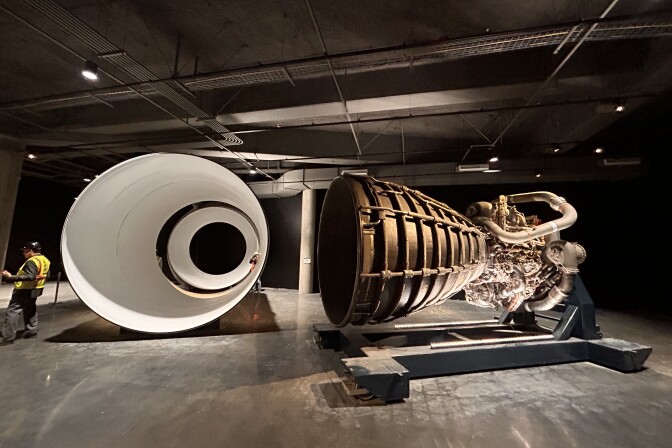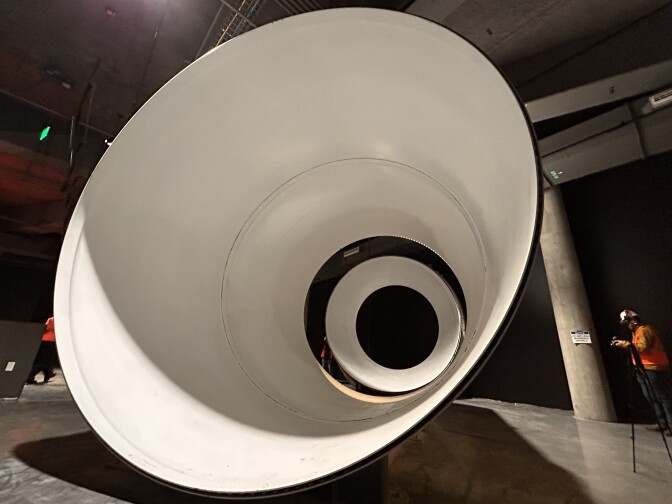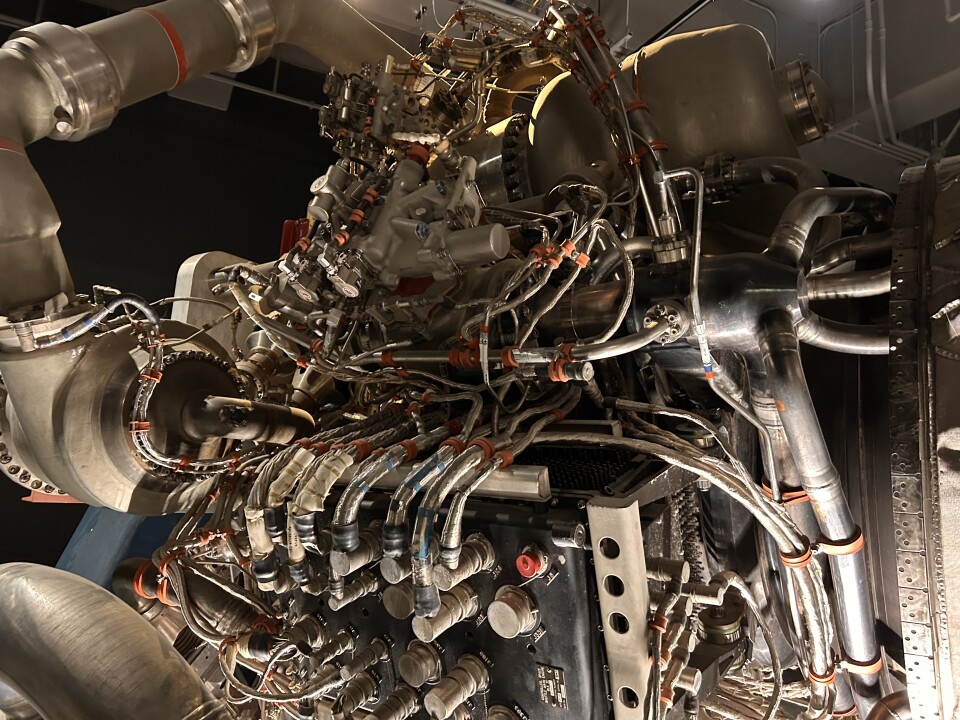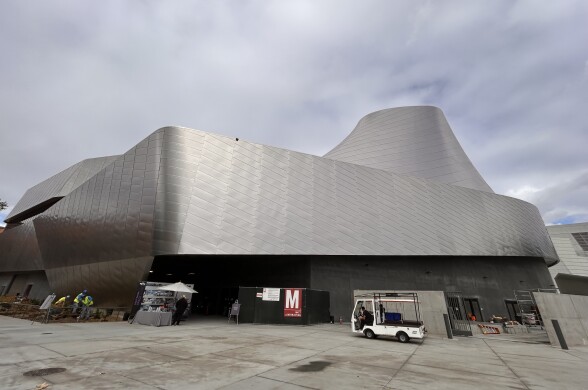Hate crimes in Los Angeles County are up 18% compared to last year, with Black, Jewish and LGBTQIA+ people enduring the steepest increases, officials reported Wednesday.
Robin Toma, executive director of the L.A. County Commission on Human Relations, said the rise in reported hate crimes comes after two years of double-digit increases.
The 2022 Report on Hate Crime in Los Angeles County showed that 72% of the hate crimes reported in 2022 were violent. Meanwhile, crimes in which someone was targeted because of their race, ethnicity, or country of origin, went up 14%.
Anti-Black hate crimes rose 34%, which Toma said "is the second highest number ever reported.”
"And as we often point out, these anti-Black hate crimes are many times more than their proportion of the county population," he added.
Anti-Latino hate crimes rose 3%, and they experienced the highest rate of violence compared to other racial and ethnic groups: 93%.
There were other upward trends.
“Anti-immigrant slurs and hate crimes continued to climb, increased by 12% and reached the highest level ever reported in our county,” Toma said.
Another group seeing a rise in hate crimes was the LGBTQIA+ community: anti-gay and anti-lesbian hate crimes rose for the third year in a row, according to the report, 20% higher than last year.
“Gay men were the targets in 81% of these hate crimes,” Toma said.
Forty-four anti-transgender hate crimes were also reported, the largest number ever reported, he added.
Anti-Jewish hate crimes “skyrocketed” 59%, Toma said, “so it wasn't a surprise that we found that hate crimes with white supremacists words or symbols increased 66%, the highest level in 13 years. White supremacist hate crimes often target religious minorities, as well as racial ones.”
What drove hate in 2022
“That was a year (2022) in which there were deepening divides across the U.S. along the lines of political party, race religion, sexual orientation and gender identity,” Toma said. “And at the community level, many supporters of former president Trump continue to back policies that reflect growing intolerance and bigotry.”
He added that the Supreme Court rulings in 2022 “that were widely perceived as reversing protections for women, immigrants and religious minorities" also played a factor.
The Los Angeles City Council scandal of a secretly recorded audio tape of colleagues making racist and derogatory remarks also contributed to the increase in hate crime numbers, as did mass shootings across the country, including in Uvalde, Texas, the report found.
Toma also referenced an anti-Semitic banner hung by white supremacists on the 405 Freeway last year.
Israel-Gaza War and its effect on hate crimes
Across the U.S., the Israel-Gaza war has already resulted in an increase in anti-Semitism, anti-Arab racism and Islamophobia. But its effects are also being felt here in Los Angeles County.
Assistant Los Angeles Police Chief Blake Chow told reporters there has been a 267% increase in anti-Semitic hate crimes since the conflict escalated in the Middle East.
Anti-Palestinian, anti-Arab and anti-Muslim hate crimes are up 633% from Oct. 6 to Nov. 20, he added.
“Each one of those numbers we talk about is attached to a victim,” Chow said. “It's got families attached to it. And when those things happen to our community members, there's a profound sense of community and security that is violated.”
The South Asian community, regardless of faith background, has also been affected.
“People of all South Asian descent is being looked at and being harassed. We have received phone calls from temples, gurdwaras, and mosques of all kinds of filthy, hate-filled calls and emails that have come to our places of worship," Shakeel Syed, the executive director of the South Asian Network, said earlier this month. “It is happening and it is definitely a major concern for the community.”
Why hate persists
The AAPI Equity Alliance, a coalition of 40 community organizations, earlier this month unveiled “The State of Hate in Los Angeles,” a report looking at how acts of hate are deep rooted in Los Angeles County’s history.
Factors such as “the intensifying political climate and increased attention to brazen comments on social media by high-profile figures” has led community leaders to believe hate incidents will not “decrease any time soon,” according to the report.
Drivers of hate in Los Angeles County that the report highlights include: individual biases heightened by mass media and social media, demographic trends exacerbated by economic inequities and public reactions to major events.
Despite boasting one of the most racially diverse populations in California and being among the top two metropolitan areas with the highest rates of LGBTQIA+ residents, high incidents of hate persist in Los Angeles, the report states, because “Los Angeles remains largely racially/ethnically segregated in residential neighborhoods.”


















